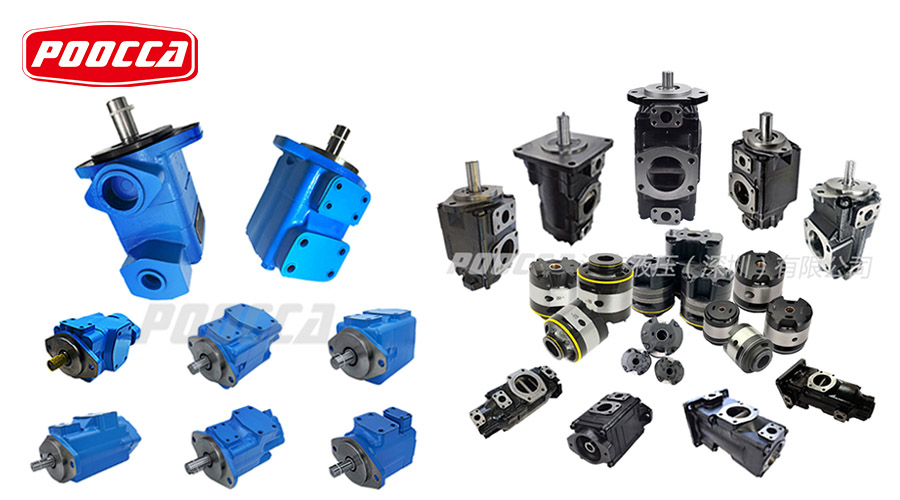Vane pump, an integral part of hydraulic systems, come in various configurations to suit diverse applications. This in-depth article delves into the three primary types of vane pumps, each designed with distinct features and advantages, catering to specific industrial needs.
Single vane pumps feature a single vane, often made of durable materials like carbon or graphite, housed in a circular cavity. As the pump rotates, the vane moves in and out of the cavity, creating chambers that trap and displace fluid.
Advantages:
Simplicity: The single-vane design simplifies the pump’s construction, making it cost-effective.
Compact Size: Ideal for applications with limited space due to its compact design.
Applications:
Automotive Systems, Small-Scale Hydraulics, Power Steering Systems.
Double vane pumps consist of two vanes located opposite each other within the pump housing. They operate with two independent pumping chambers, enhancing efficiency and flow rate.
Advantages:
Higher Efficiency: Dual vanes improve volumetric efficiency, optimizing fluid transfer.
Enhanced Performance: Capable of handling higher pressure and flow demands.
Applications:
Injection Molding Machines, Industrial Presses, Machine Tools.
Balanced vane pumps feature multiple vanes evenly spaced around the rotor, reducing vibration and noise during operation. The balanced design ensures consistent fluid flow and enhanced longevity.
Advantages:Low Noise and Vibration: Reduced noise levels and minimized vibration ensure smoother operation.
Improved Durability: Balanced distribution of forces extends the pump’s lifespan.
Applications:Aerospace Systems, Robotics, Metal Forming Equipment.
Conclusion:
In conclusion, vane pump come in three distinct types, each tailored to meet specific application requirements. The single vane pump offers simplicity and compactness, while the double vane pump boasts higher efficiency and performance capabilities. For noise-sensitive applications and increased durability, the balanced vane pump proves to be an ideal choice. As a versatile component in hydraulic systems, understanding the unique features of each pump type empowers industries to make informed decisions and optimize their fluid power systems efficiently.
Post time: Aug-08-2023





